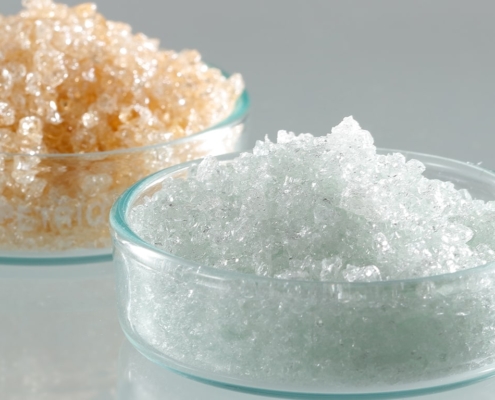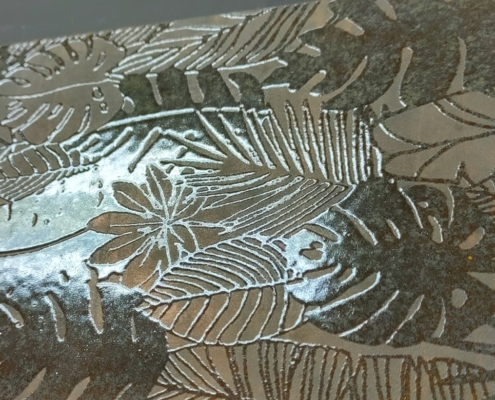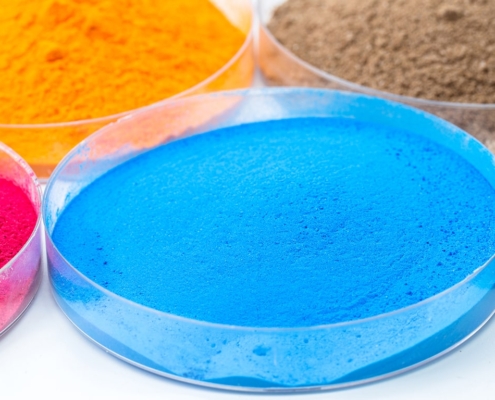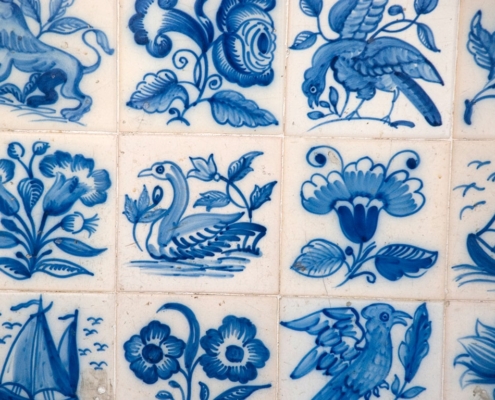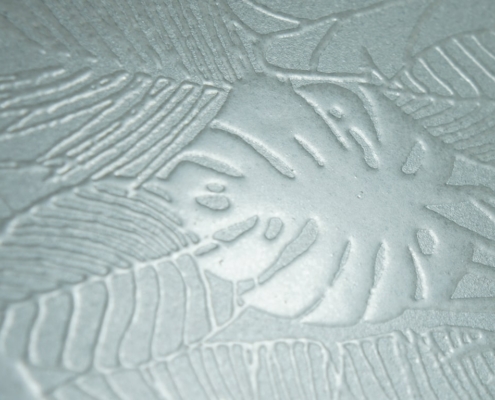COMPOSED GLAZES for SINGLE FAST FIRING

Single firing is a fast, energy-saving ceramic production process that achieves better bonding between glaze and body, though it requires greater technical precision. Single-firing glazes are specially formulated for rapid firing, with careful control of viscosity, flow, color, and gloss. Widely used across the ceramic industry to reduce costs, these glazes are available from China Glaze in a broad range of options—zircon and non-zircon, matte or transparent glossy finishes—and can be combined with digital inks or functional glazes, suitable for quartz tiles, vintage tiles, and both wall and floor tiles.
ANTI-SLIP GLAZE
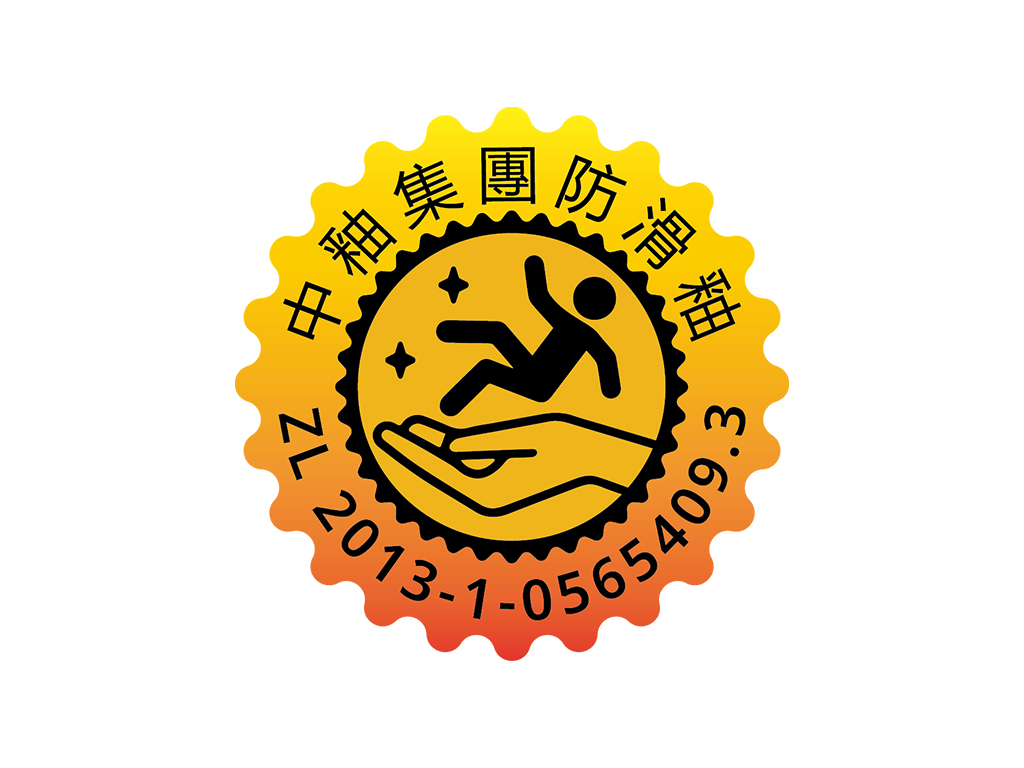
Anti-slip glaze has met building materials industry standards and received certification, earning it a 20-year invention patent certificate (certificate number ZL 2013-10565409.3). It offers anti-slip, wear-resistant, acid and alkali-resistant, easy-to-clean, and anti-static properties features. Wet static friction coefficient testing on tile surfaces: US standards exceed 0.5, achieving “very safe” or “very safe” ratings; Australian standards reach P4 or higher, achieving “low slip risk” or “very low slip risk” ratings. It is “astringent but not rough, fine but not slippery.” Customized anti-slip coefficient formulas can be formulated for floor tiles in different locations, significantly reducing the risk of slips and injuries in homes and public spaces.
ANTIBACTERIAL GLAZE

Nano-silver ion Ag+, a functional glaze, is applied to the glaze surface of ceramic products to form a protective layer that effectively inhibits the growth and reproduction of harmful bacteria. Silver ions (Ag+) are antibacterial by physical means. Silver ions are positively charged, while bacterial cell walls are negatively charged. Silver ions are adsorbed onto the bacterial cell walls, where the interaction of positive and negative charges causes the bacteria to rupture, destroying their proteins and DNA. This prevents the bacteria from metabolizing and reproducing, ultimately killing them. This is a simple yet effective method.
ENGOBE

Pure, white, and delicate, engobe are applied to the surface of a tile to cover any imperfections in the color, fill pores, and smooth the surface. They also prevent cracking or other defects caused by excess moisture absorption. Typically made from a mixture of raw materials such as clay, quartz, and feldspar, cosmetic glazes are applied by spraying, rolling, or hand-coating. They can also be combined with frit glazes for single-fired wall or floor tiles.
DECORATIVE GLAZE

Decorative glazes are usually composed of different raw material powders with a particle size of less than 45 microns. It can be printed through a ceramic screen or roller to print patterns and patterns on the tile surface. After one or two firings, various effects such as glitter, transparency, semi-polished, milky white, embossed, and sunken can be obtained. It can create a variety of novel effects and is one of the most popular materials used in the tile industry.

